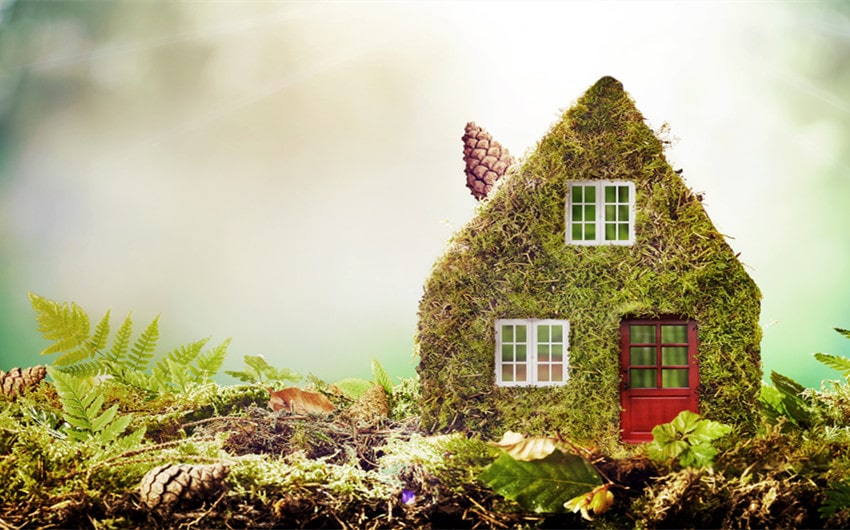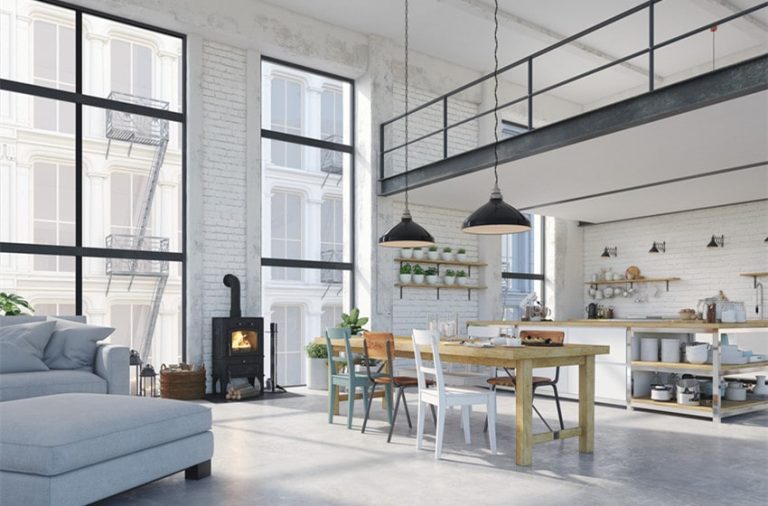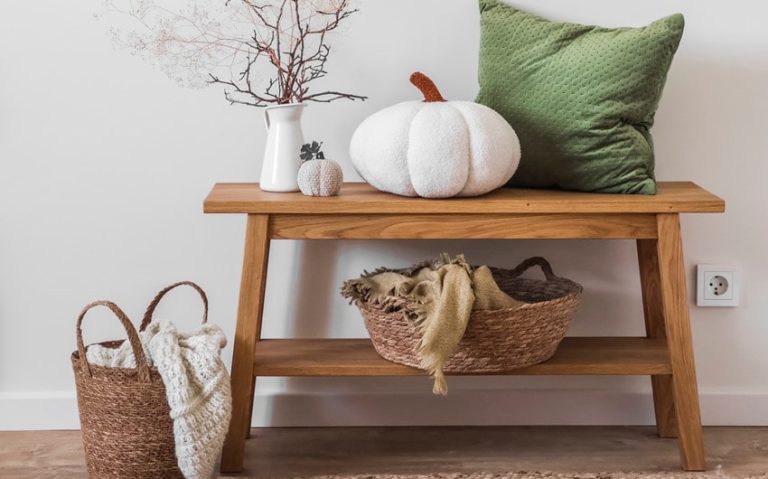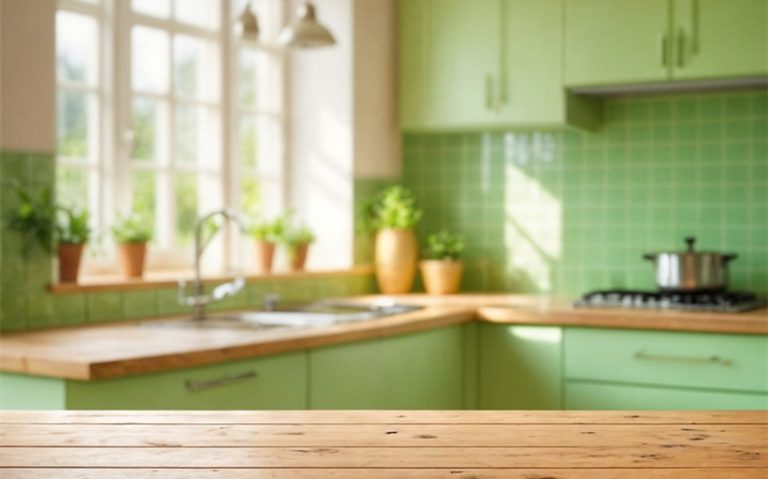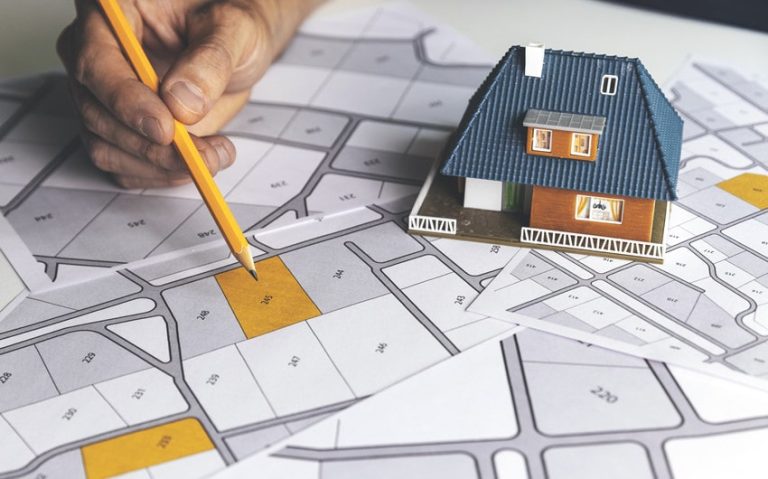Sustainability is a process rather than a destination, and you have to continue taking steady steps to reach your goals. The reality is that there’s always something more to improve or change to make your home more sustainable, but to get the minute details in order, you must first have a solid foundation on which you can start building. If you’ve been thinking about making your household more sustainable as well, here’s where you could start.
Energy-efficient
All the appliances you use in your home should be as energy-efficient as possible, meaning that older devices that could be potential power-guzzlers should be replaced with newer models and alternatives. These appliances don’t just help reduce your carbon footprint but your monthly bills as well, so sustainability becomes beneficial for your personal finances as well.
However, you must do your research first in order to choose the best options available on the market. For instance, in the case of air conditioners, you can pick between central systems using air ducts or a split system.
Plants
Having plants in your home is associated with lower levels of indoor air pollution, and taking care of them can prove to be a truly relaxing and gratifying hobby that allows you to take some time for yourself during a busy day.
However, make sure that the planters you choose are sustainably produced and made from non-toxic materials so that you don’t bring anything potentially hazardous into your home. You should also avoid using pesticides as much as possible and instead make use of mulch, careful watering and barriers and traps to deal with pests.
Apart from decorative plants, you can also create your own garden where you grow veggies, herbs and even fruit if you’re not constrained by space. If you’re looking to fit as many plants as possible in a relatively small area, incorporate hanging planters for strawberries, eggplants, cherry tomatoes, lettuce and small peppers. Cucumbers and herbs can also thrive in such pots, and some gardeners even recommend them because they allow the veggies to grow in perfect shapes.
Smart devices
Technology is bringing forward a wide range of solutions that can help homeowners fight off the effects their households and domestic activities have on the environment. Smart thermostats are one of them, with their main advantage being that they save a lot of energy and can even be controlled remotely. Smart thermostats come equipped with an application programming interface that lets users configure them however they choose based on the requirements of their own smart homes.
Just as how they adjust heating and cooling in your home for optimal performance, smart bulbs and lights will reduce the amount of energy usage in your home and ensure that you’ll never forget to turn off the lights after leaving a room ever again. They are also highly versatile so that they can be used as part of different displays and to suit all your needs, whether you require brighter or dimmer lights.
You can go a step further and get smart plugs as well, which can also be controlled with the aid of an app that you install on your smartphone or tablet and whose main advantage is the control of electricity to all devices connected to it.
Reusing
While there’s no denying the importance of recycling in order to promote an eco-friendly approach within your household, it’s just as crucial to remember that reusing the things you already have is the preferred approach. The old mantra dictates that the most sustainable product is the one you didn’t buy, and the more you use the things you already own, the more you make sure that the resources that went into creating them don’t go to waste.
If you have to purchase something, it is advisable to buy items made from recycled materials or shop secondhand. If that’s not an option, make sure you’re not looking to buy the item based on an impulsive desire but rather because it is something you want and know you’re going to use.
In that sense, don’t be too quick to get rid of things purely in the name of sustainability. For instance, if you have clothing items that don’t necessarily fit under the eco-friendly umbrella but are still perfectly wearable, discarding all of them to fill your wardrobe with more sustainable clothes would be the more wasteful choice. As a general rule, it is also often not about where you shop but how much you shop and how many uses you get out of an item before throwing it away.
Windows
A house with large windows that lets plenty of sunlight in feels more welcoming and warmer, but did you know that the type of windows you choose will also have an impact on your carbon footprint? Enter high-performance windows made from glass that is specifically designed to minimize heat transfer and reduce energy usage without compromising on comfort.
Generally, the main features that give this glass its unique characteristics are low-emissivity coatings and insulation. Standard windows are responsible for approximately 50% or more in terms of energy loss, so replacing yours with the high-performance alternative will make your home more energy-efficient in an instant.
Depending on how the climate is where you live, you should go for low solar gain in case of warmer conditions, or well-insulated frames with lower heat flow rates for colder regions. The former makes for better ventilation, and the latter keeps heat loss at a minimum through the means of a vacuum that forms between the panes and an air-tight construction model which eliminates draughts.
There are many more things you could do to improve living conditions in your home while keeping an eye on sustainability as well. The use of eco-paints, cool roofs, curtains that can block the sun during the summer months, better insulation, solar panels and installing water filters that remove microplastics are just a few of them. As you get started and begin to learn more about the sustainable lifestyle, you’ll also discover more solutions you can integrate into your home for a cleaner, greener future.

